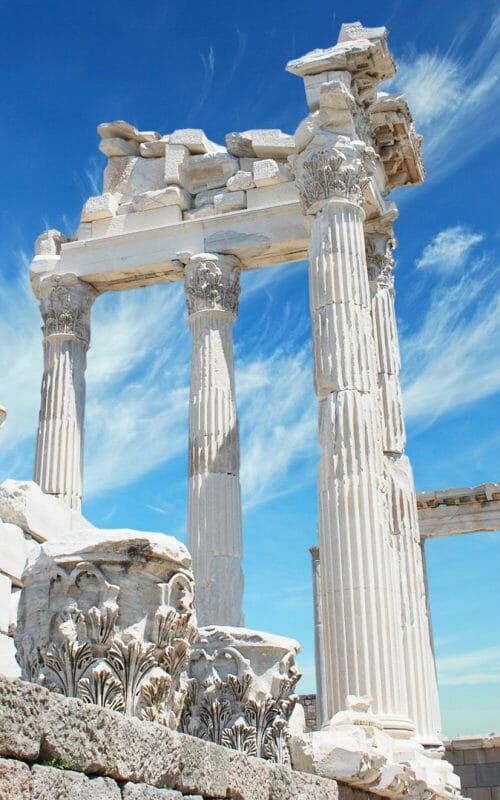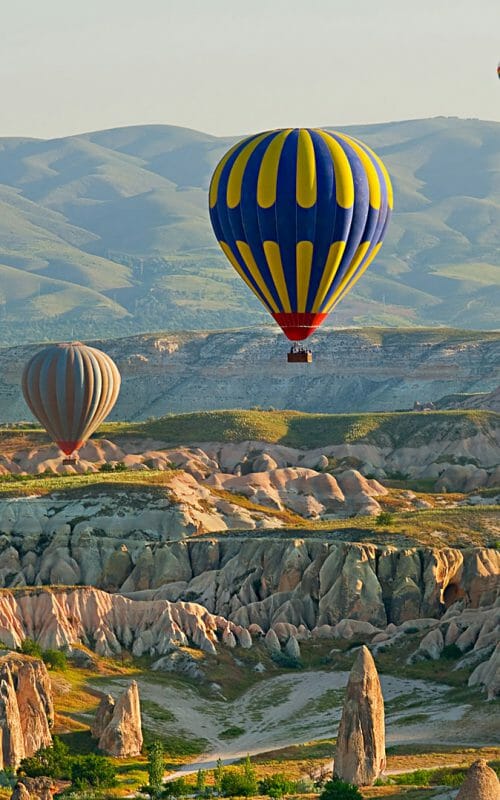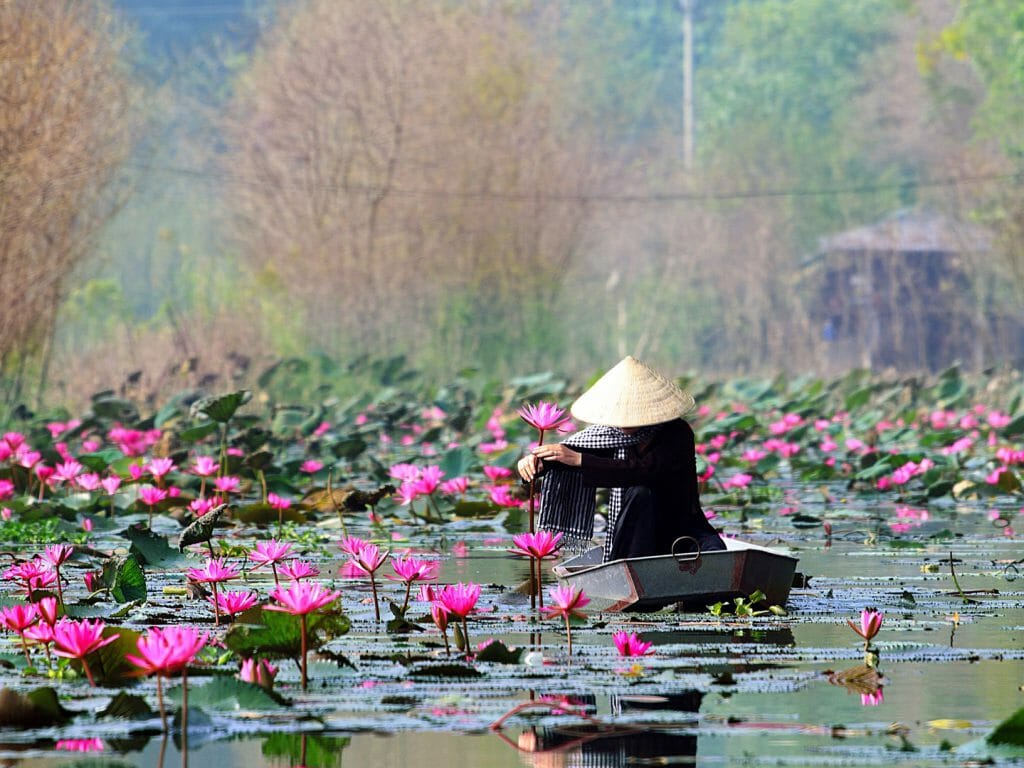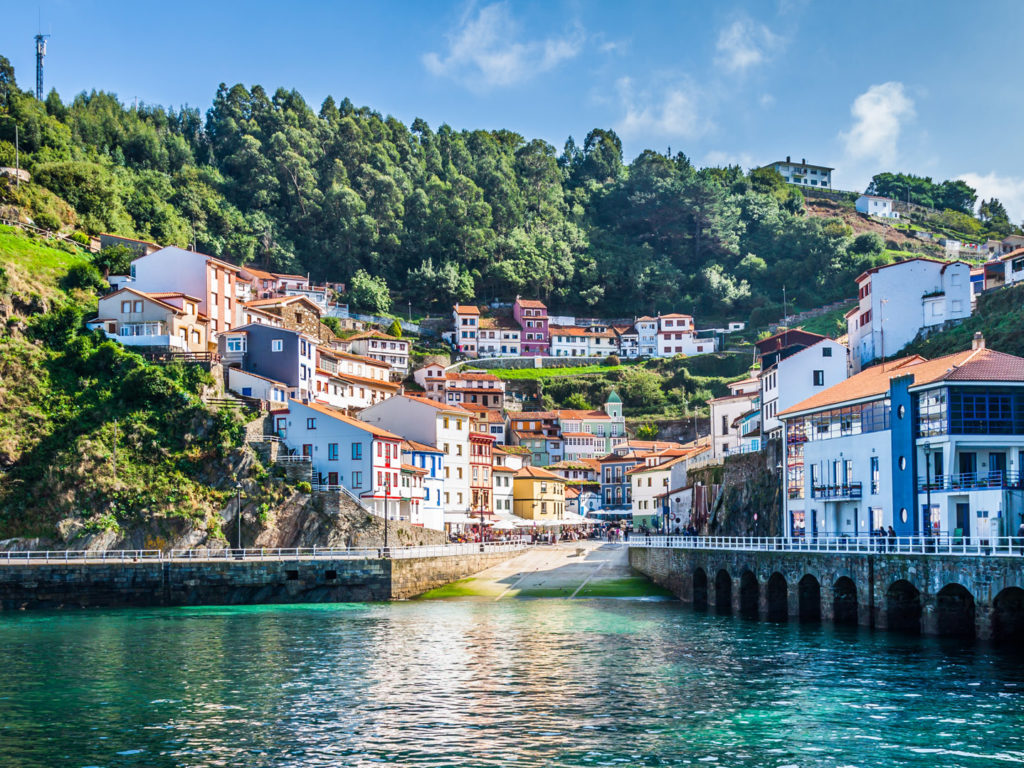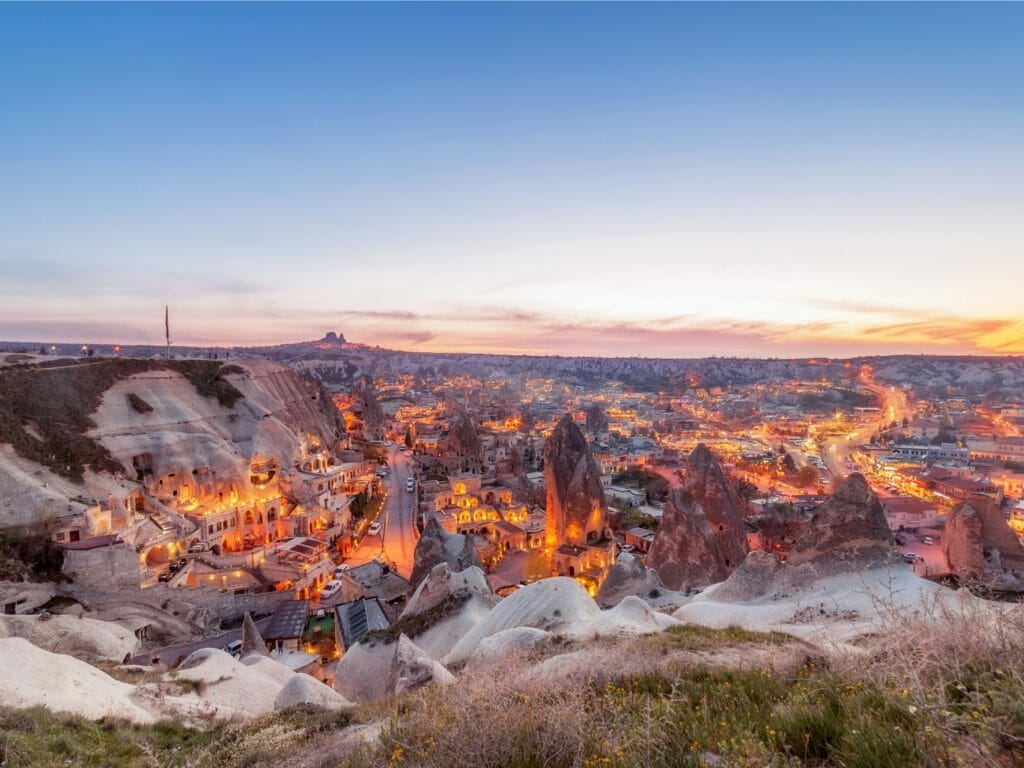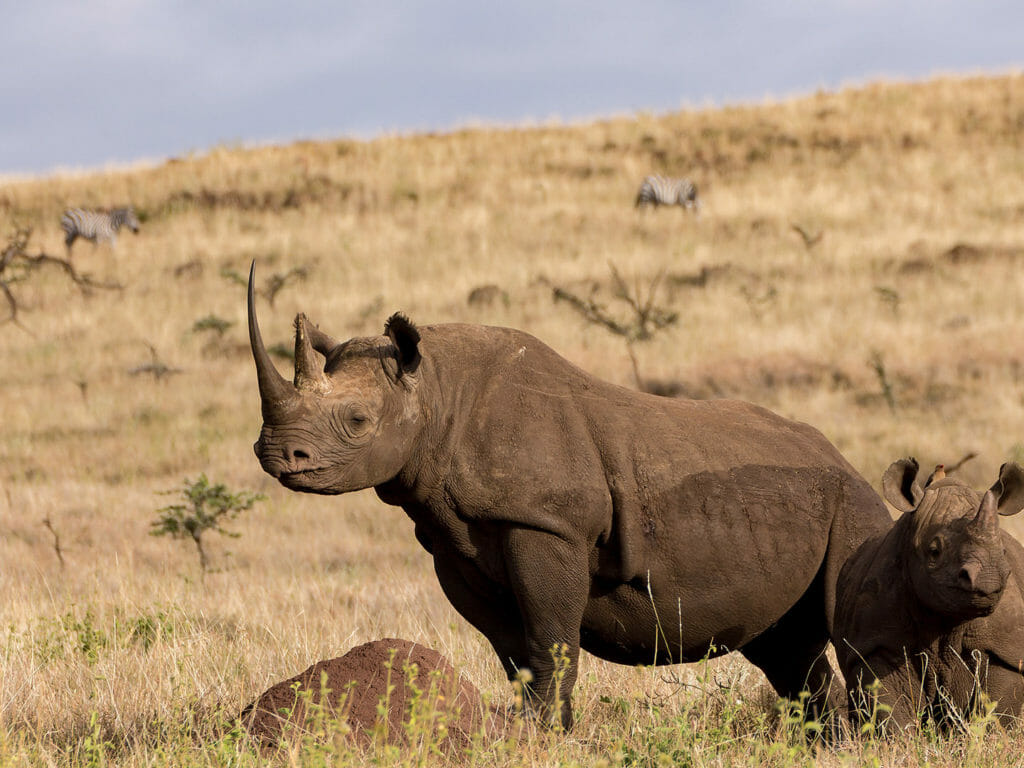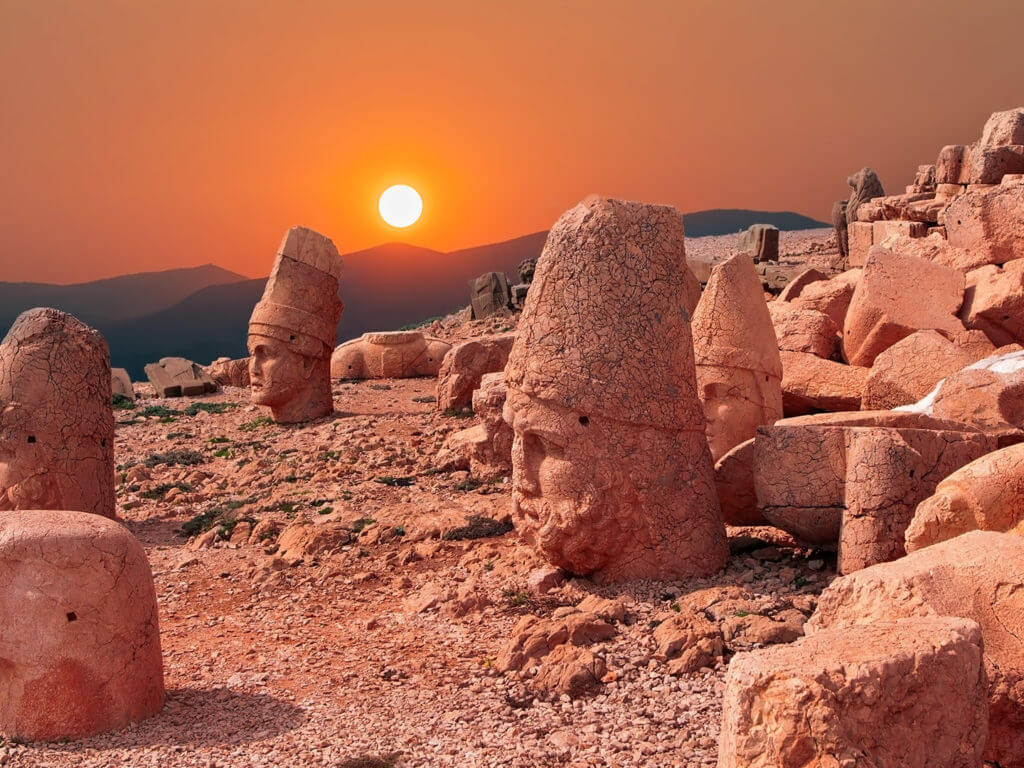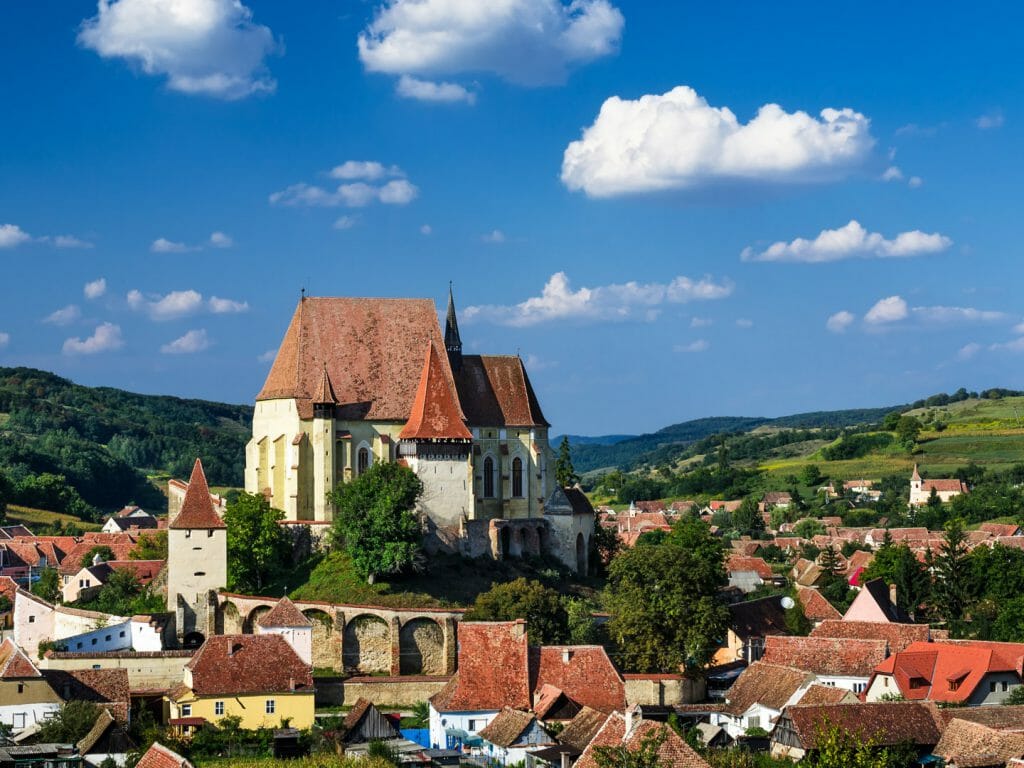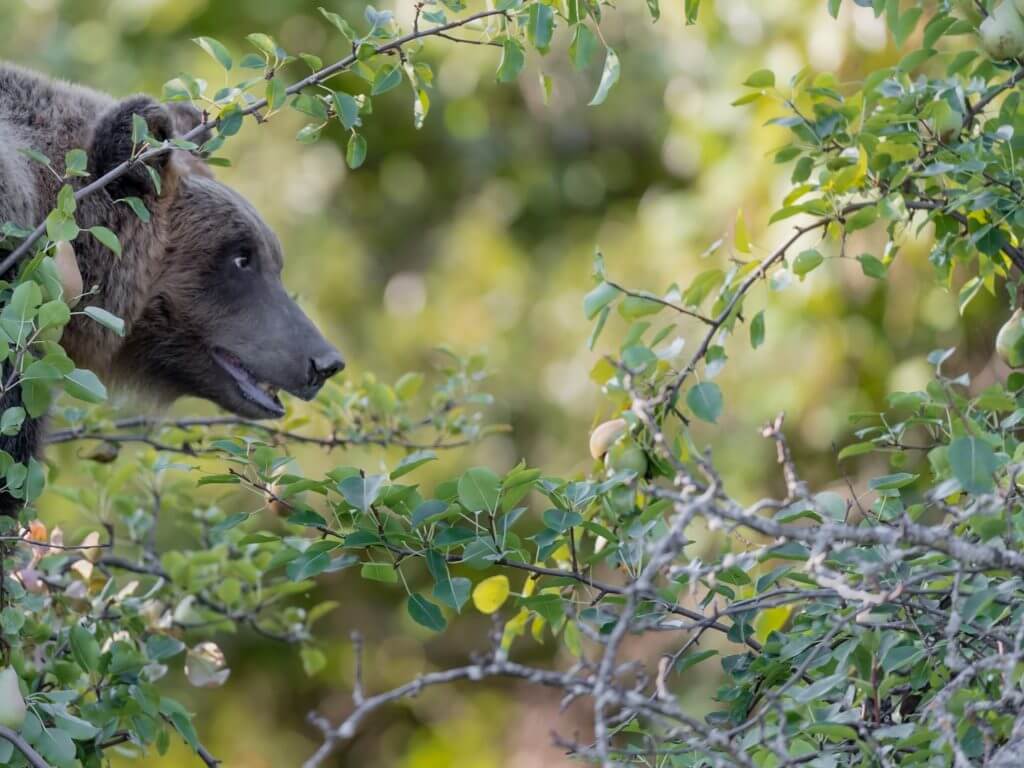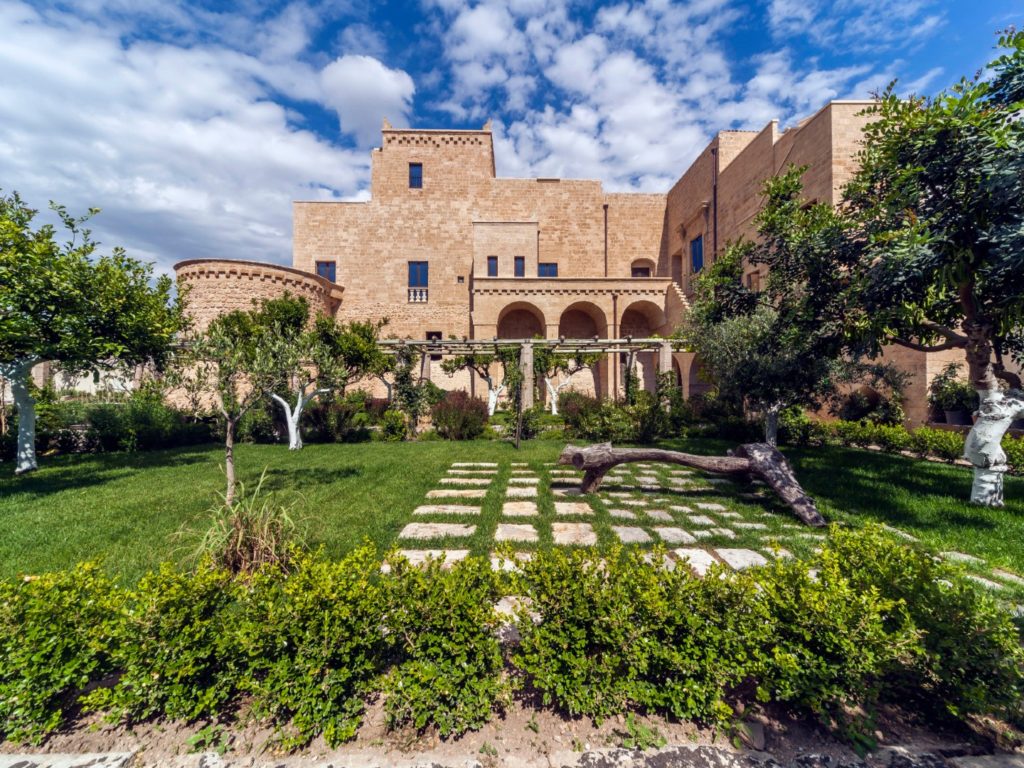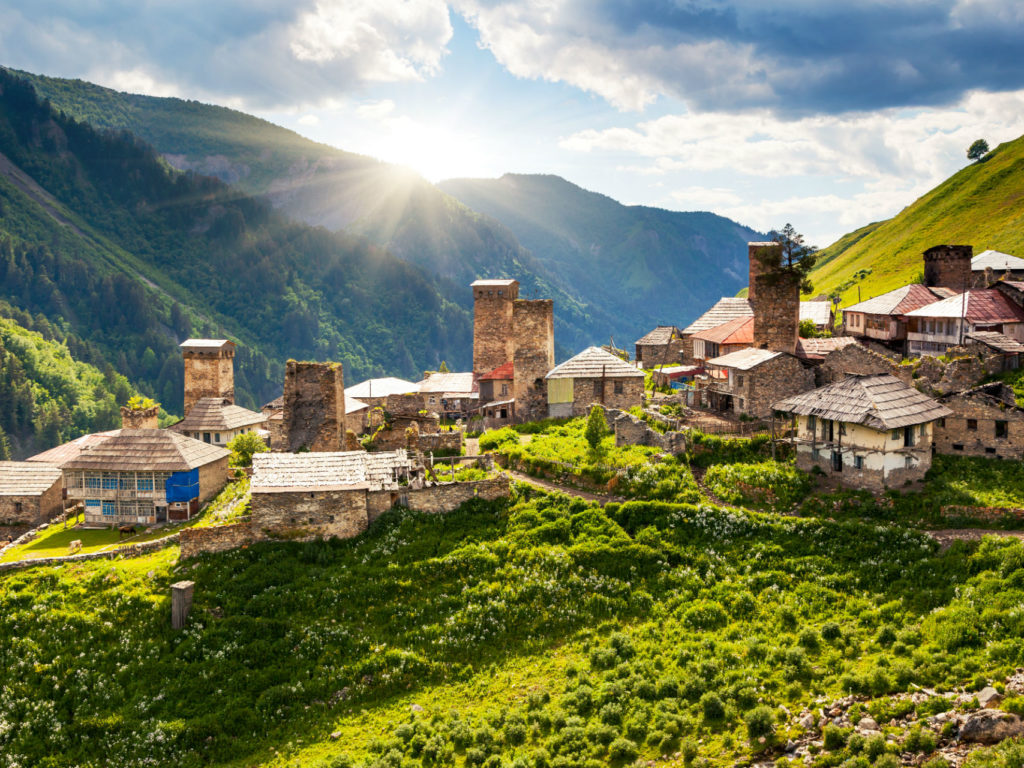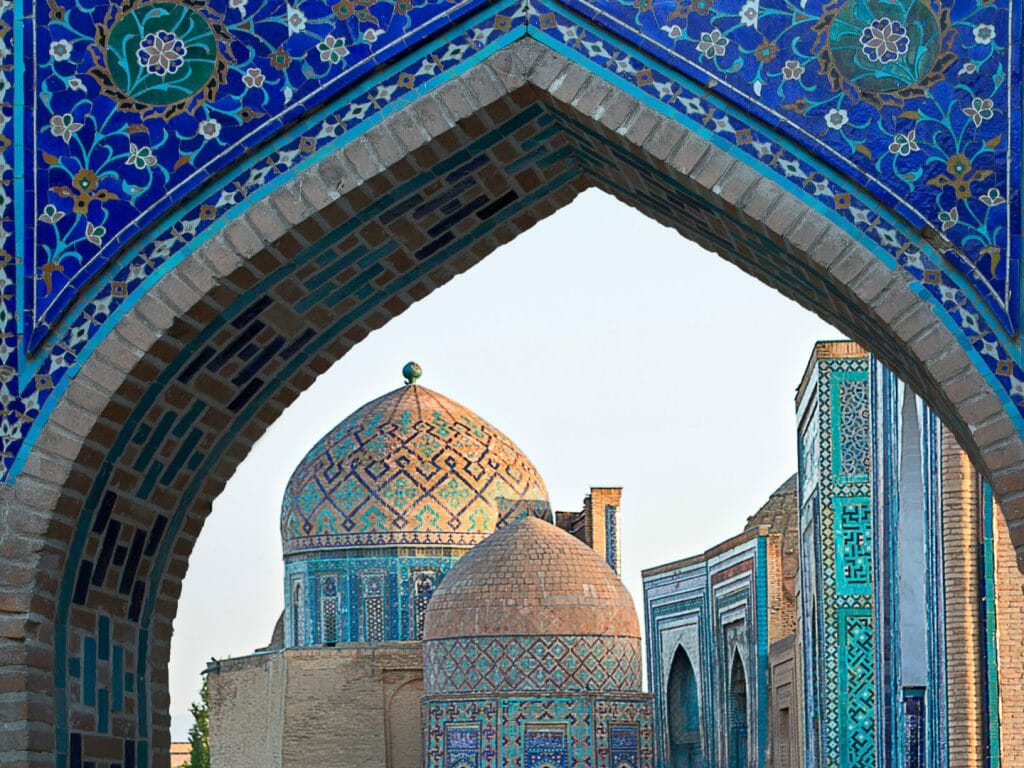When I heard that the FCO had lifted their warning on travel to Eastern Turkey, I was truly warmed to know that people might again be inspired to visit this ‘hidden gem’, ‘buried treasure’ or whichever cliche you choose to signify that this region is a little-known but must-visit destination.
I thought it only right that I should celebrate the great news by travelling back to the place that is so close to my heart. Some of my fondest memories from my travels are exploring the historic sites and the mystifying landscape of a place that always seems frozen in time. It is certainly a perfect way of glimpsing into the past.
My journey begins with a geological, rather than historical marvel, however. With an area of around 3,775 km2 and a unique, soda-swirled chemistry, Lake Van is the world’s largest alkaline lake. The high salinity means that it rarely freezes, even in the very worst conditions, and that it is a particularly tough environment for the local aquatic life.
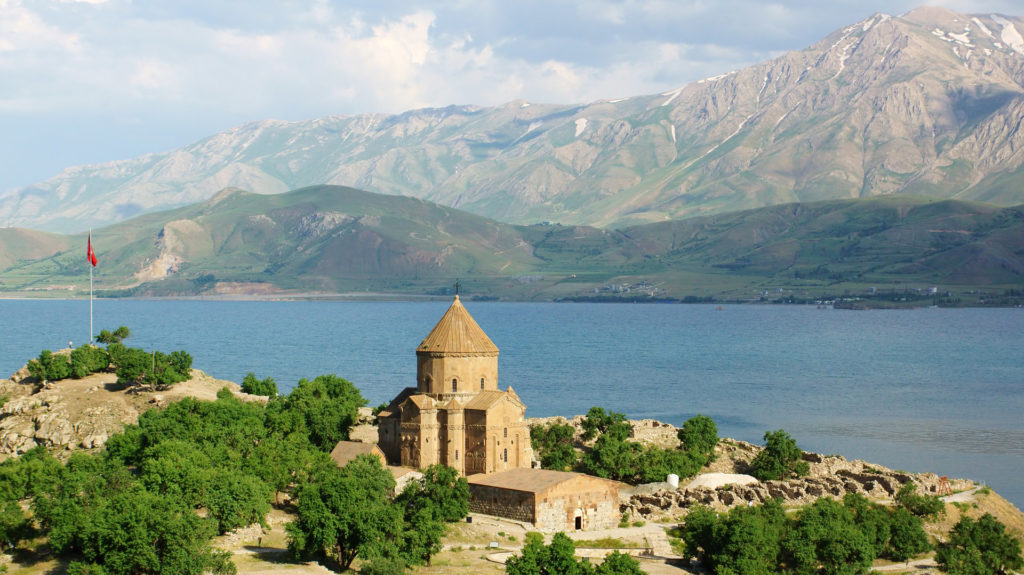
But the lake itself is not the only attraction. Wandering across the sturdy stone paths of the Van Citadel, I stop to gaze at the arid landscape all around me. I look up to the broad stone structure that makes up the castle – the years have been tough to it. But I can sense that, in its prime, the huge blocks of stone would have felt imperious to any invader knocking at its door.
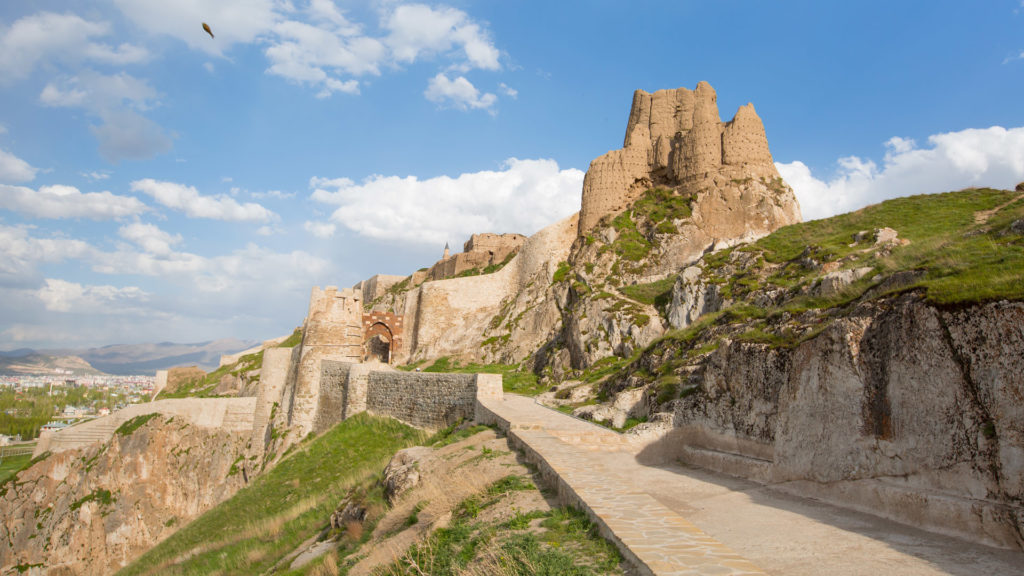
I make my way to the lakeshore, eager to catch it before the sun sets and brings a curtain down on these fantastic saline vistas. I am not let down. As I approach the lake, my world opens up to a vast green frame that is crisscrossed with a mixture of lively pink blossoms and blotches of yellow rocks. The centrepiece is a deep-turquoise water body.
I breathe it in. The water is particularly spectacular and the blue-green shade is something that I instantly remember from my previous trip. I am told by a fellow traveller that beneath the surface there is a beautiful field of microbialites – living carbonate rock structures – a treat for any diver, no doubt.
The following day, I awake reminiscing about the sunset that I was so eager to hunt down and had the eventual pleasure of witnessing. To watch the intense orange melt gradually and peacefully into that deep blue was simply breathtaking.
But there is little time to waste as I set off to visit an icon of Turkey and what is considered the world’s first temple, Gobekli Tepe.
It is impossible not to stop for a second as I stand in the ruins – my feet are rooted, and gravity seems to have a tighter-than-usual hold on me. The site simply captures me.
Gobekli Tepe, from a distance, looks like a battered brown mosaic. As I wander and learn more about the history, the brilliance of its creation starts to unravel. The site feels almost ageless. Over thousands of years, different peoples have congregated here to use this place as a spiritual centre. Some left spaces of worship that look almost like crop circles, while others created grand rooms.
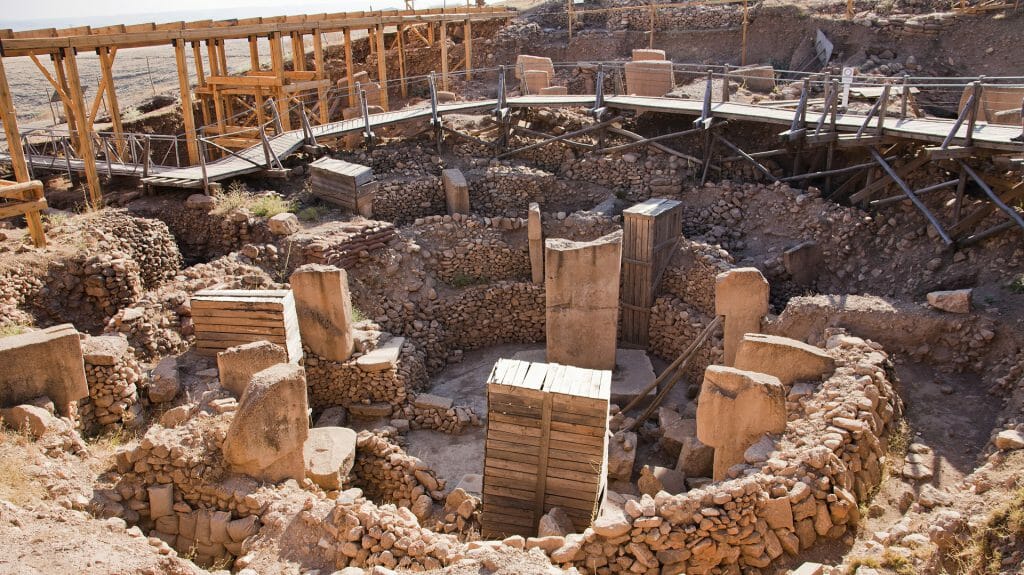
I ponder what kept drawing people to this area to find spiritual relief over so many generations. Whatever it was, there is an aura that feels special. No wonder, then, that scientists believe that these early structures contributed to a model which would later help to create vast settlements. And eventually, the world we live in today.
I can feel the horizon drawing nearer on my time in eastern Turkey. One final site remains – Mount Nemrut.
As I pass through the nearby town of Adiyaman, I can feel the excitement rising within me. I have heard a lot about the mountain and its famous stone statues but have yet to see them for myself.
It takes me by surprise when I eventually make it. Considered to be a royal tomb, the carved stone heads sit side by side in an almost stern manner, watching guard over the world around them.
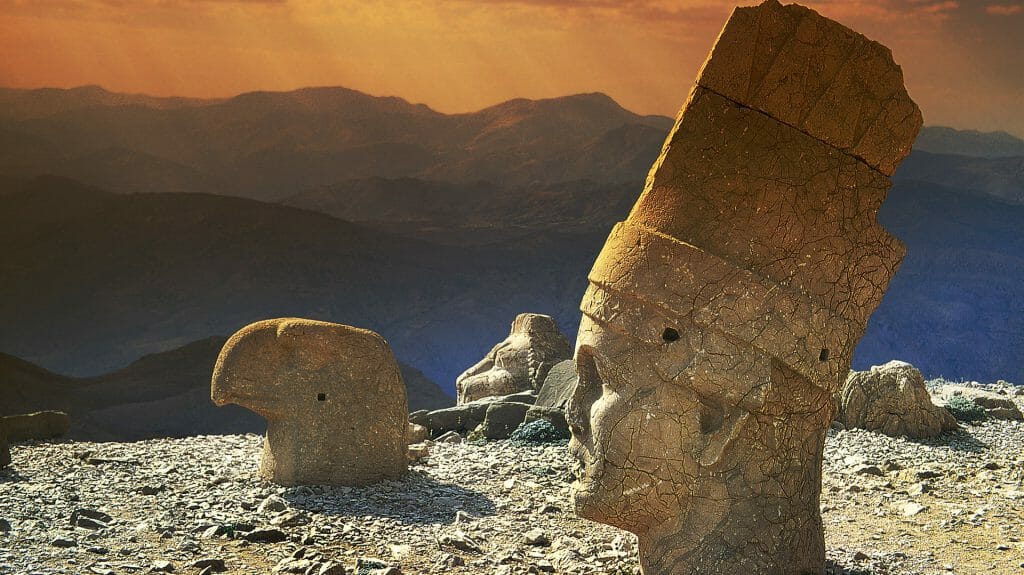
Built to celebrate various past rulers over these lands, the thousands-years-old statues are a bizarre spectacle; the heads have either been removed from or have fallen off the bodies and sit in the distance far behind.
Whilst I amble through the vast UNESCO World Heritage Site, I am reminded of everything that Eastern Turkey means to me. I have certainly missed the history and heritage that is not just spectacular to view, but also to learn about. Very few places on this planet have had such an impact on the way we live.
As I close my eyes that night, images flash through my mind of Lake Van and Gobekli Tepe. Then today’s brush with the headless (or body-less) specimens. The last thing I remember as I drift off is telling myself that I must seek out even more next time.


